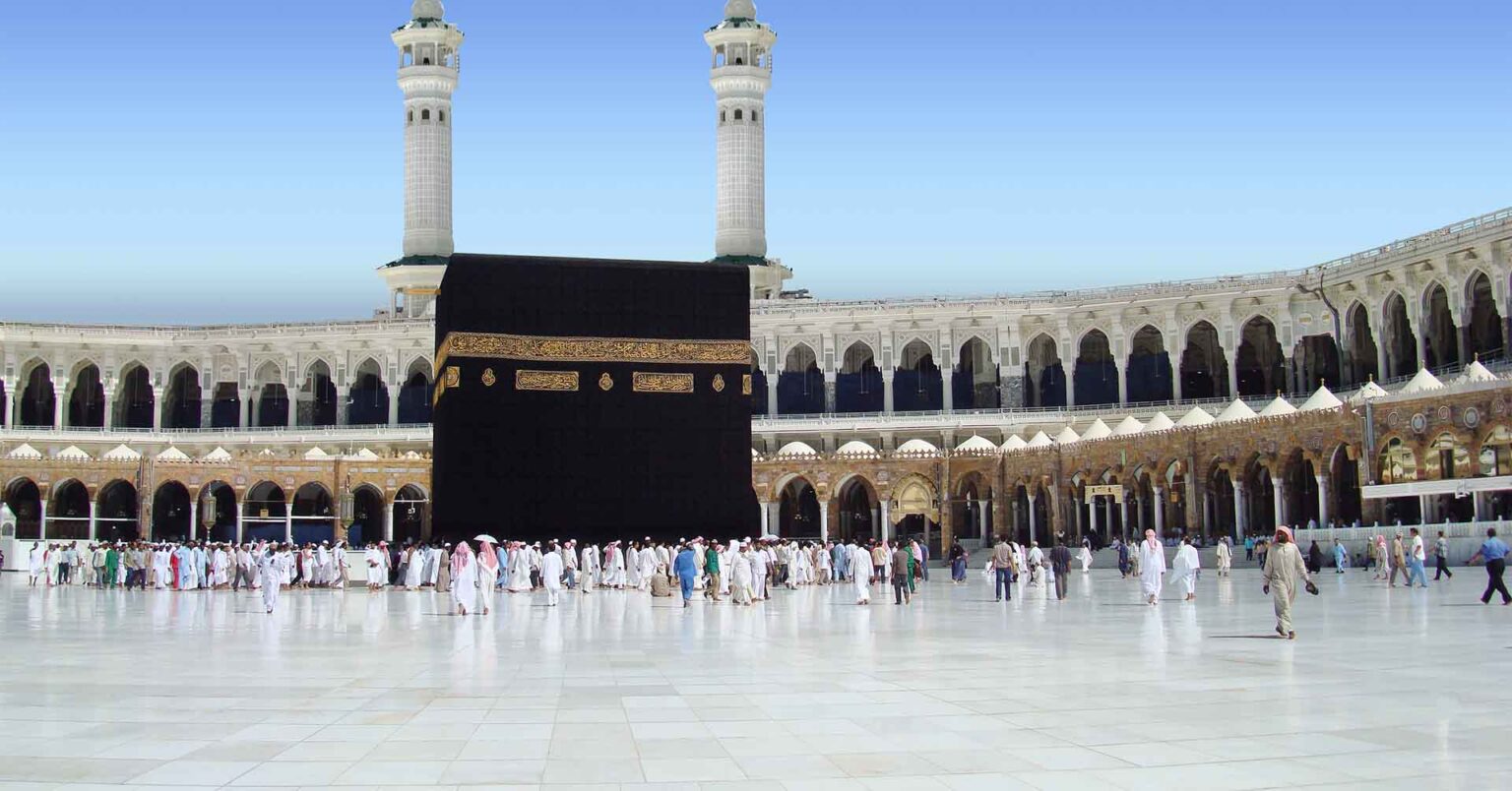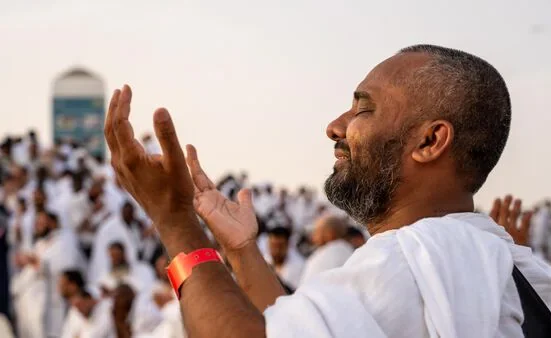Hajj, the fifth pillar of Islam and a spiritual obligation for all Muslims who are physically and financially able, is a journey unlike any other. Held in the Islamic month of Dhul-Hijjah, it draws millions of believers from all corners of the world to the sacred land of Makkah in the Kingdom of Saudi Arabia. For 2025 (1446 AH), the sacred rites begin on the 8th of Dhul-Hijjah and continue through the 13th, culminating in a final act of farewell at the Holy Kaaba.
Here is a comprehensive and practical guide detailing all the major steps involved in this sacred journey, from the moment pilgrims enter the state of Ihram to the last farewell Tawaf. It includes essential actions, spiritual recitations, and thoughtful advice for every stage.
The journey begins with Ihram, the state of ritual purity and intention. Before crossing the designated boundary (Miqat), men and women alike are required to perform a full-body ritual bath (Ghusl), trim their nails, and remove unwanted body hair. Men must wear two simple unstitched white garments, one wrapped around the waist and the other over the shoulders. Women are permitted to wear any modest, loose-fitting attire that fully covers the body, though the face and hands may remain exposed depending on local interpretations. After changing into Ihram, the pilgrim makes a sincere intention for Hajj and begins the frequent recitation of the Talbiyah: “Labbayka Allahumma labbayk, labbayka la shareeka laka labbayk…” This phrase, affirming submission to Allah, is repeated throughout the early stages of the pilgrimage.
Once pilgrims reach Masjid al-Haram, the first major ritual is the Tawaf al-Qudum (Arrival Tawaf), performed by circling the Kaaba seven times in a counter-clockwise direction. Each circuit begins at the Black Stone (Hajar al-Aswad), where pilgrims either kiss, touch, or simply point toward it while declaring “Bismillah, Allahu Akbar.” During each round, it is recommended to recite prayers from the heart, such as “Rabbana atina fid-dunya hasanatan wa fil-akhirati hasanatan wa qina ‘adhaban-naar.” After completing seven rounds, two units of prayer (rak’ahs) are offered behind Maqam Ibrahim if space allows.
Next comes the Sa’i, the ritual walk between the hills of Safa and Marwah. This act commemorates Hajar’s (peace be upon her) desperate search for water for her son, Isma’il. Pilgrims begin at Safa, facing the Kaaba and reciting: “Inna as-Safa wal-Marwah min sha‘airillah…” They then walk briskly between the green-lit markers (men only) and proceed to Marwah, completing one leg. The entire cycle is repeated seven times. During this time, pilgrims are encouraged to make personal du’a and reflect deeply on Hajar’s faith and endurance.
On the 8th of Dhul-Hijjah, pilgrims move to Mina, a sprawling tent city where they spend the night in devotion and rest. It is a time to perform Isha and Fajr prayers, engage in the remembrance of Allah (dhikr), read the Qur’an, and mentally prepare for the pivotal Day of Arafat.
On the 9th of Dhul-Hijjah, the heart of Hajj takes place at Arafat. Pilgrims gather on the vast plains between Zuhr and Maghrib, facing the Qiblah and pouring out their prayers in one of the most spiritually intense moments of the journey. Here, believers seek forgiveness, read the Qur’an, and call upon Allah with humility, repeating: “La ilaha illa Allah, wahdahu la sharika lah…”
After sunset, pilgrims proceed to Muzdalifah, where they pray Maghrib and Isha combined and shortened. They spend the night under the open sky, collecting 49 or 70 pebbles for the next ritual, Rami al-Jamarah, he symbolic stoning of Satan. This serene night is also a time for prayer and silent contemplation.
On the morning of the 10th, pilgrims return to Mina for the Rami al-Jamarah al-Aqabah, where they throw seven stones at the largest pillar, representing Prophet Ibrahim’s rejection of Shaytan. With each pebble, they declare “Allahu Akbar.” The ritual is a powerful reminder of spiritual resistance and obedience to Allah.
Next is the Qurbani, or sacrificial slaughter, done in honour of Prophet Ibrahim’s willingness to sacrifice his son. Most pilgrims now opt to buy a voucher through registered Hajj operators, ensuring the meat is processed hygienically and distributed to the needy in various parts of the world.
Following the sacrifice, pilgrims either shave their heads (men) or cut a small portion of their hair (women), symbolizing spiritual rebirth and humility. This act marks partial release from Ihram restrictions.
One of the most important pillars of Hajj follows: Tawaf al-Ifadah, also known as the Main Tawaf. It must be performed before leaving Makkah and represents full entry into the completion of Hajj. Pilgrims again circle the Kaaba seven times, pray, and, if required, repeat the Sa’i.
On the 11th, 12th, and optionally the 13th of Dhul-Hijjah, pilgrims perform Rami al-Jamarat, stoning all three pillars (small, medium, and large) each day with seven pebbles. This continued act of symbolic defiance represents ongoing commitment to resisting evil and remaining firm in faith.
Finally, before departing the Holy City, pilgrims perform the Tawaf al-Wada, the Farewell Tawaf. It is a heartfelt goodbye, performed with seven final circuits around the Kaaba, accompanied by prayers for an accepted Hajj and a safe return home.
In all, Hajj is not only a series of rituals but a transformative journey of the heart. From donning the white garments of Ihram to bidding farewell to the Kaaba, every step is rich with history, meaning, and spiritual significance. May Allah accept the Hajj of all pilgrims in 1446 AH and grant those yet to embark on this sacred journey the opportunity to do so in good health and faith. Ameen.






